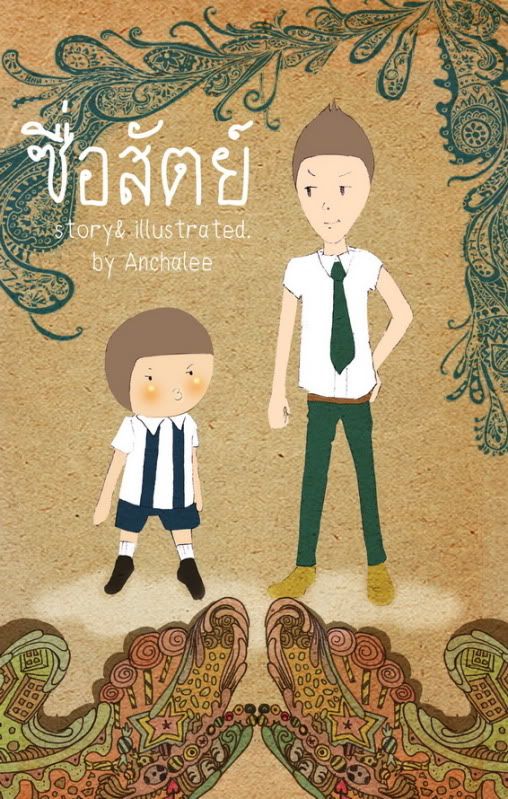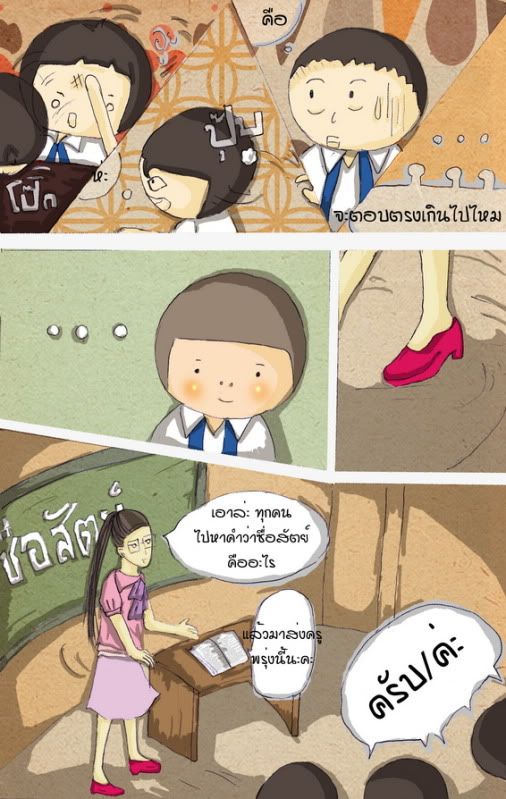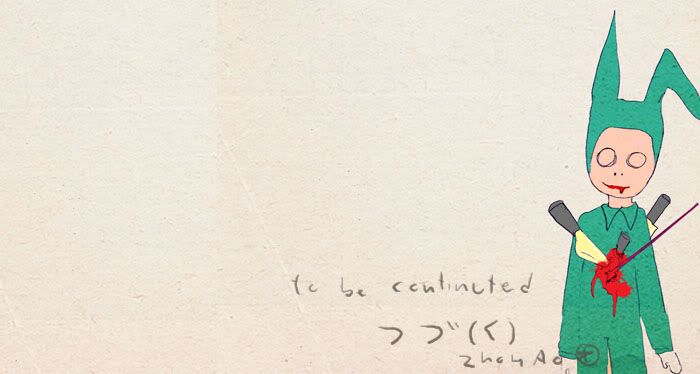Laughing is a reaction to certain stimuli. Traditionally, it is considered a visual expression of
happiness, or an inward feeling of joy.
[citation needed] It may ensue from hearing a
joke, being
tickled, or other stimuli.
Laughter is a part of
human behavior regulated by the
brain, helping humans clarify their intentions in
social interaction[citation needed] and providing an emotional context to conversations.
[citation needed] Laughter is used as a signal for being part of a group — it signals acceptance and positive interactions with others.
[citation needed] Laughter is sometimes seen as contagious, and the laughter of one person can itself provoke laughter from others as a
positive feedback.
[1] This may account in part for the popularity of
laugh tracks in
situation comedy television shows.
[citation needed]
Laughter is anatomically caused by the epiglottis constricting the larynx.
[citation needed]
The study of humor and laughter, and its psychological and physiological effects on the human body, is called
gelotology







